MOD-大華酒店 New Majestic Hotel
By 欣建築2016/02/25
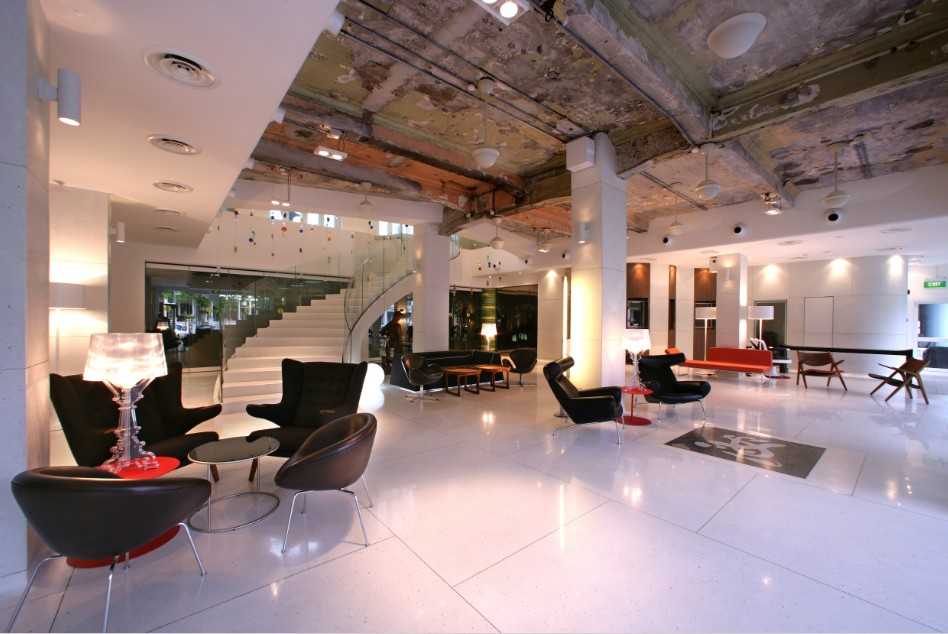
 圖片說明:圖片提供/MOD
圖片說明:圖片提供/MOD設計旅店最吸引人的非各具特色的裝潢設計莫屬,各房間新奇獨特的設計概念總是令人眼睛為之一亮。而位於新加坡的大華酒店,雖也名列為新穎的設計旅店之一,卻也以其「簡潔風格」與其他眾多設計旅店的風格有所不同。
一進大華酒店的大廳迎面而來的便是其簡潔風格的最佳表現。以白色為主調的大廳配合上舒適距離擺設的單色迎賓桌椅,加上不多加裝潢的外露式天花板,給人一種大氣且舒服的氛圍。僅僅只有30間的客房中各角落呈現出奇特的設計裝潢,像是令人有點想不透卻會目不轉睛盯著看的壁畫、浴室中少見的兩兩排列式的浴缸,或是懸空式的床架加上頭頂復古式的電風扇,實在是令人覺得似乎在各角落總見得到不同的驚訝設計。
座落於交通便利的中國城(Chinatown)區,也為大華酒店帶來位置上的優勢。酒店內的私人花園、後院游池以及陽台區的設計彷彿把室內的設計概念延伸到了室外一般。其簡潔休閒的設計風格也讓大華酒店成為了當地一處著名的酒店。
負責設計大華酒店的Ministry of Design(MOD)建築師事務所表示,在大華酒店的設計中融合了幾項創新的設計概念,像是以人文藝術為概念而呈現出藝術家們所設計的室內風格、以購物商店而設計的自然光線引進概念的與通風設備及二樓處可連結式的私人花園平臺、顛覆一般酒店設計概念而在房間內規劃了如水族缸、懸床與閣樓設計、因應酒店四周的歷史建築氛圍而特地將新建築元素加以設計轉換加以呼應等等的實驗性設計概念。
「體驗經濟」也是MOD設計大華酒店時的理念之一。將以往專為以高檔旅客而設計的經典酒店系列,以連鎖的方式逐漸導向讓設計酒店也能讓更大眾的一般旅客所接受,卻依舊不失其質感與人性化的設計概念,並讓設計與旅客之間的連結更為密切。就像在大華酒店的設計中,特地將7間客房規劃為具當代設計感以迎合較年輕的旅客,另外5間則為具傳統經典藝術以符合喜愛沉穩藝術風格的客人。而最重要的能讓旅客享受並體驗基本的舒適睡眠與休閒感,MOD可是也一點也不馬忽。
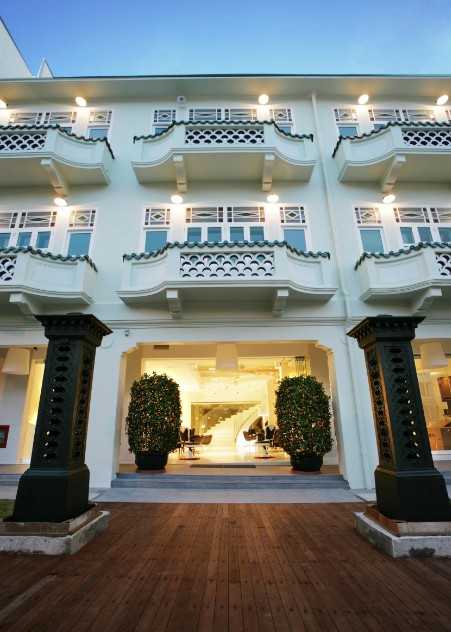
圖片說明:圖片提供/MOD

圖片說明:圖片提供/MOD
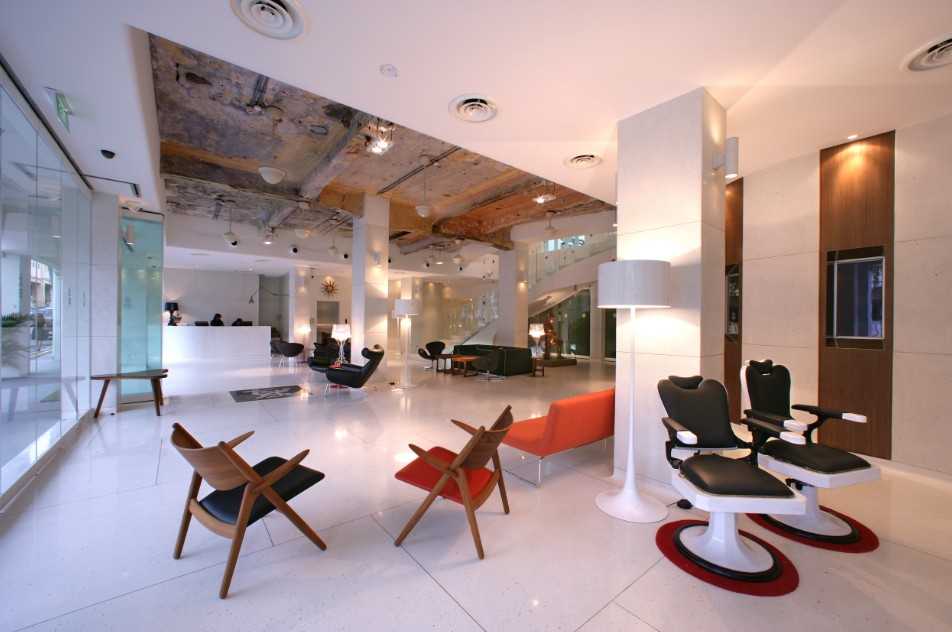
圖片說明:圖片提供/MOD
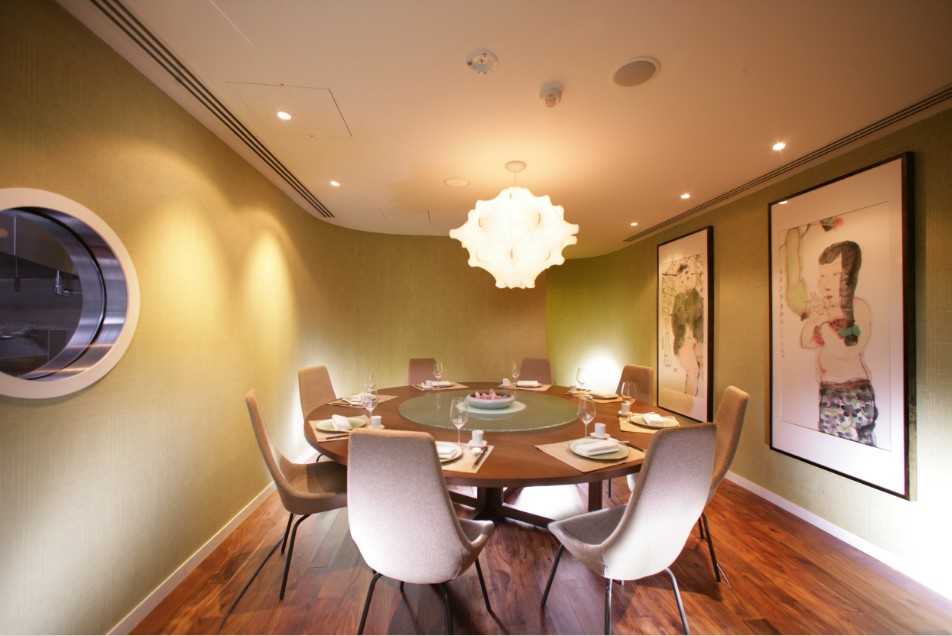
圖片說明:圖片提供/MOD

圖片說明:圖片提供/MOD
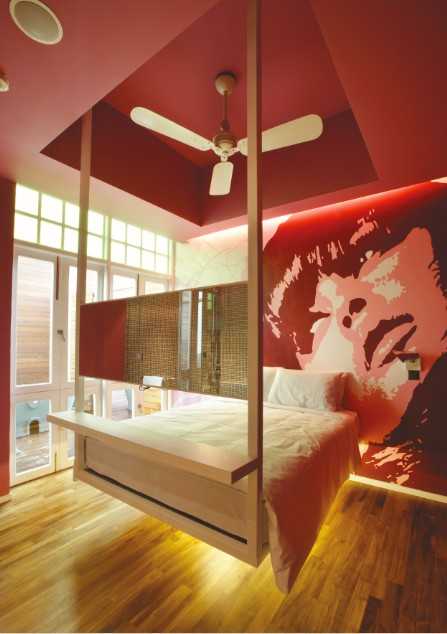
圖片說明:圖片提供/MOD
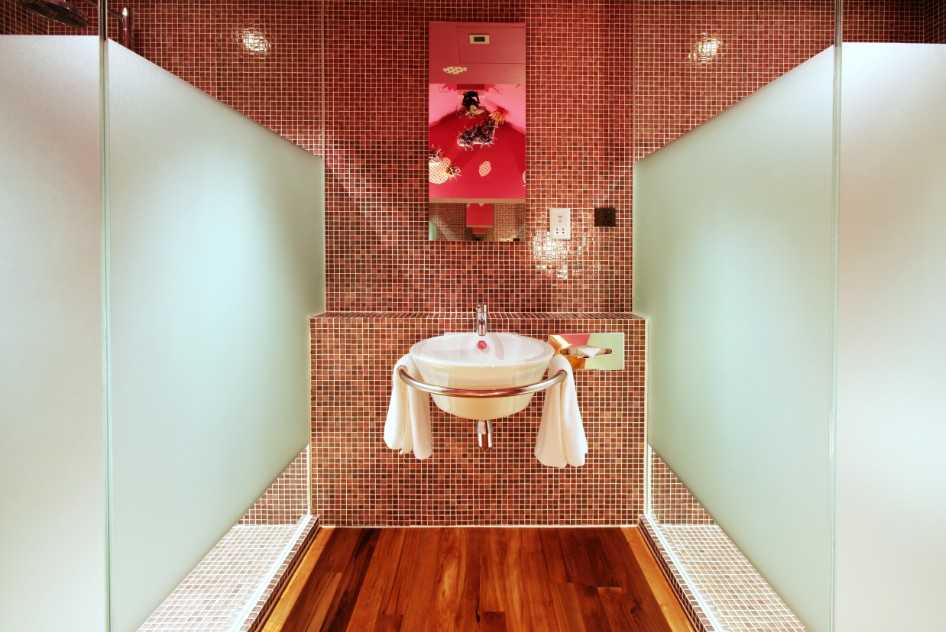
圖片說明:圖片提供/MOD

圖片說明:圖片提供/MOD
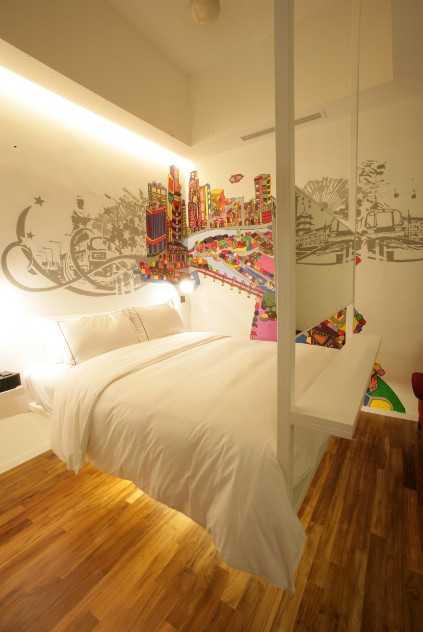
圖片說明:圖片提供/MOD

圖片說明:圖片提供/MOD
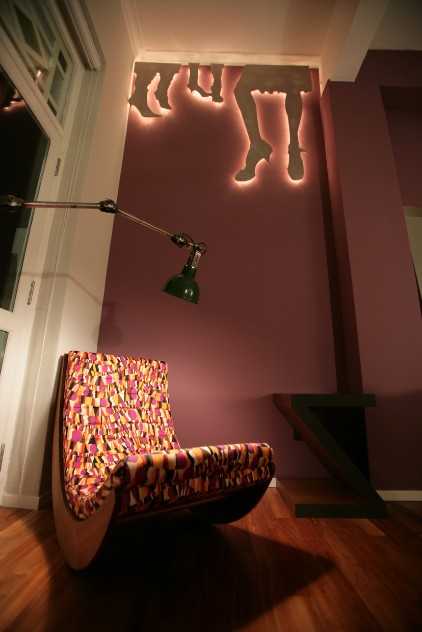
圖片說明:圖片提供/MOD
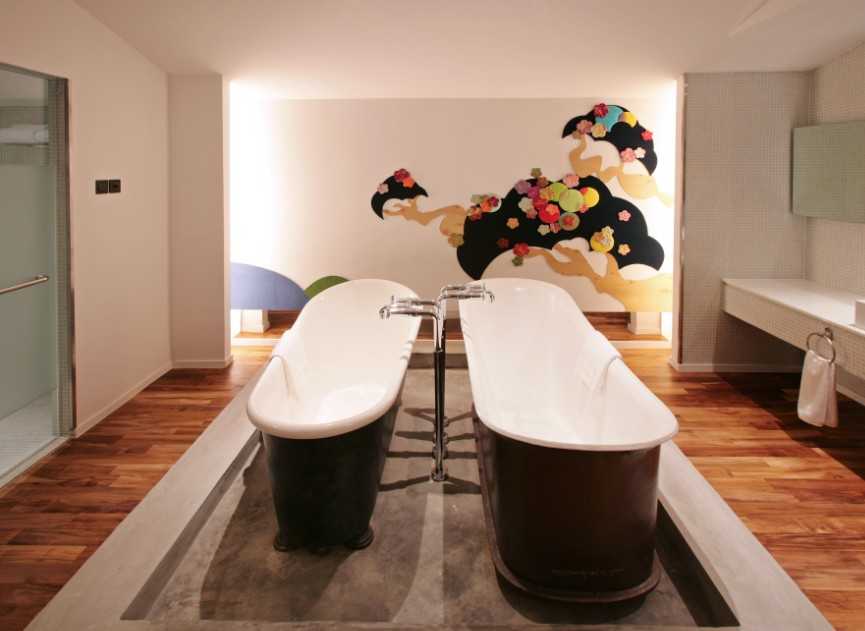
圖片說明:圖片提供/MOD
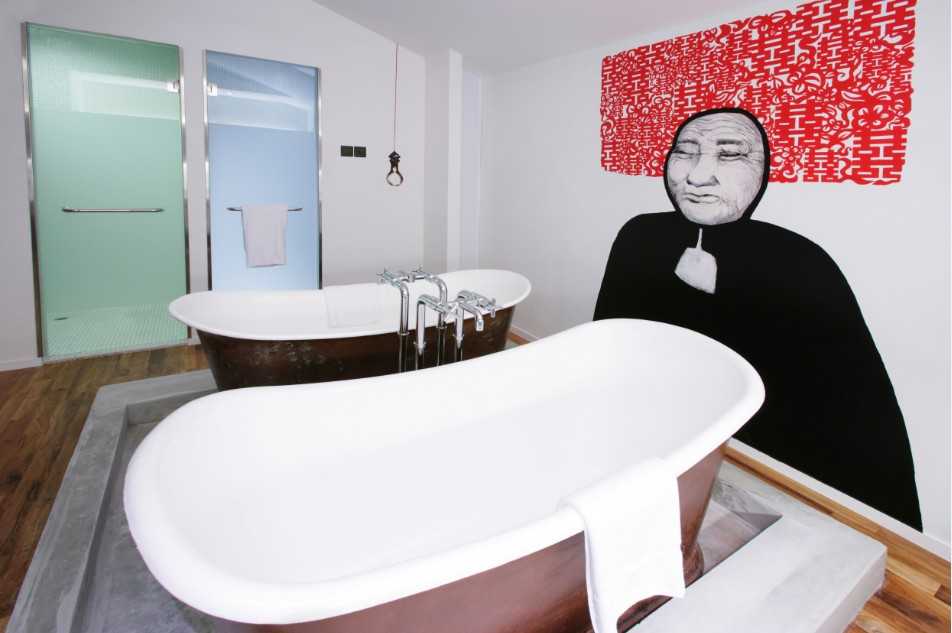
圖片說明:圖片提供/MOD
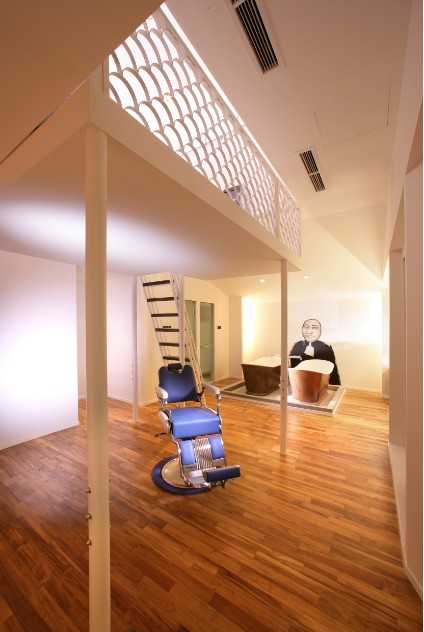
圖片說明:圖片提供/MOD
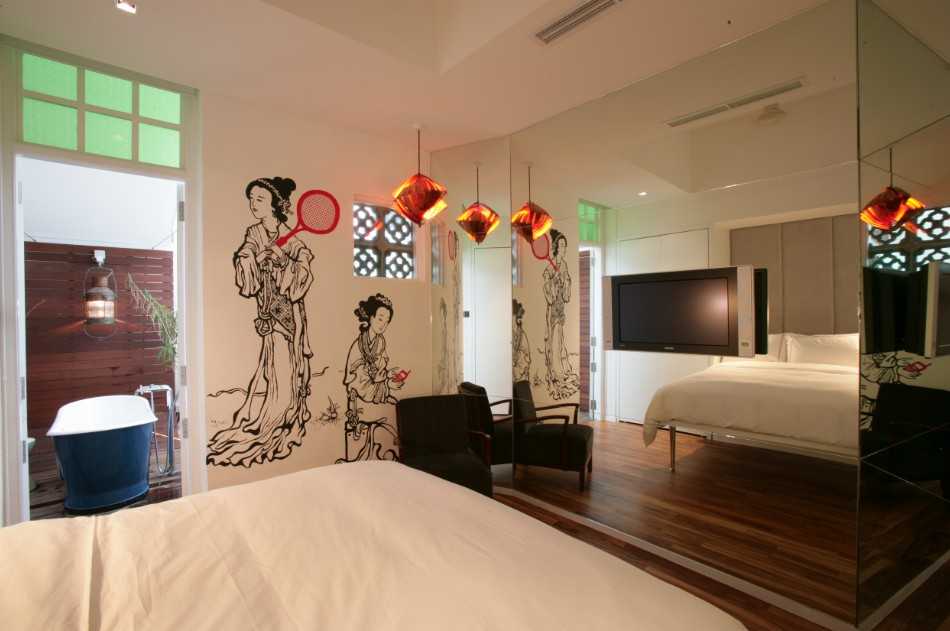
圖片說明:圖片提供/MOD
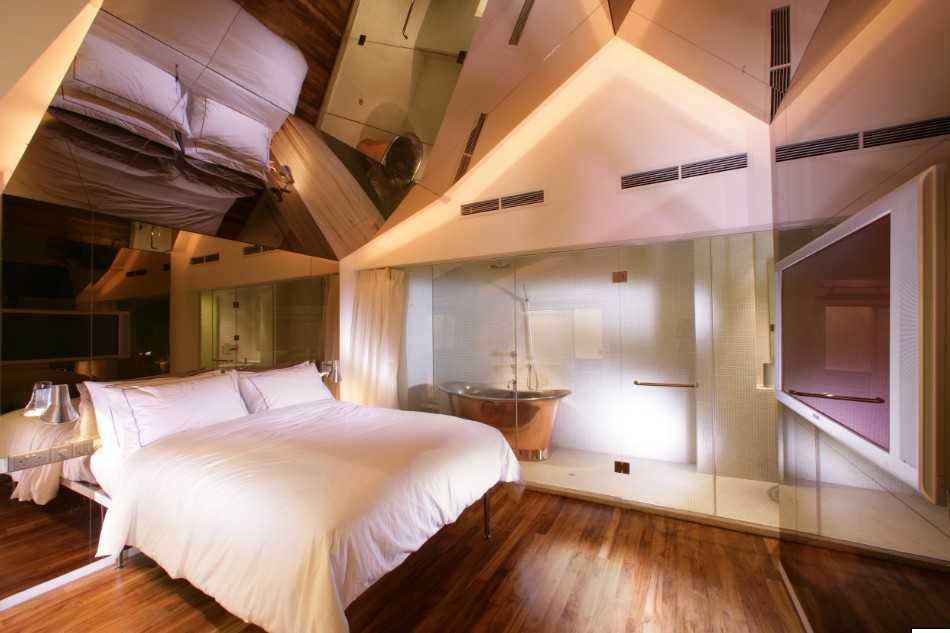
圖片說明:圖片提供/MOD
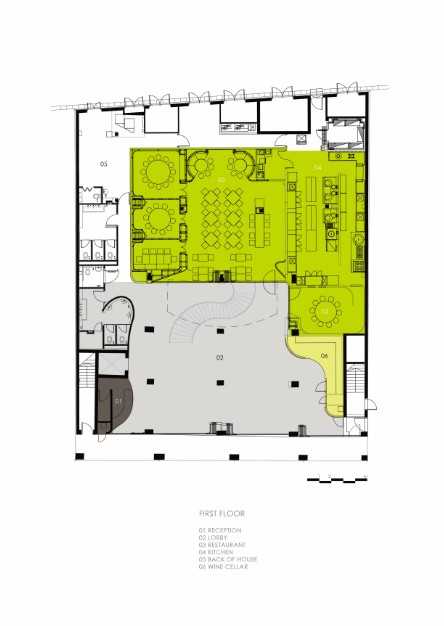
圖片說明:一樓平面圖;圖片提供/MOD
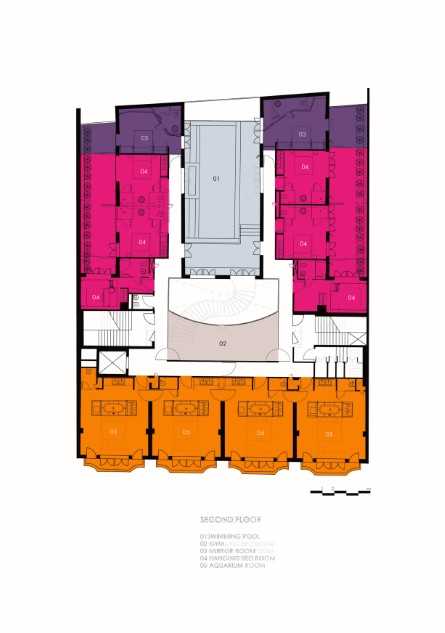
圖片說明:二樓平面圖;圖片提供/MOD
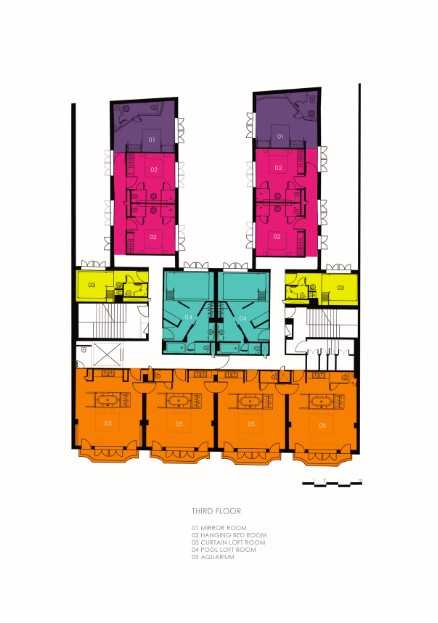
圖片說明:三樓平面圖;圖片提供/MOD

圖片說明:閣樓平面圖;圖片提供/MOD
【延伸閱讀】
MOD事務所
http://www.modonline.com
==================
編譯/蘇琨峰 Andre 圖/MOD
更多國外建築脈動請上【國際脈動】
https://solomo.xinmedia.com/archi/collect/topicsview/50149
更多國內外建築脈動及作品介紹請上【欣建築】
https://solomo.xinmedia.com/archi/collect/topicsview
==================
蘇琨峰/Andre
一隻喜愛新事物也對舊事物固執的牡羊。台北工專土木工程科、雲林科技大學營建工程結構組畢業,工作後決定離職前往澳洲再度充實自己並一圓留學夢,畢業於墨爾 本大學經濟與商業研究所,主修商業與資訊管理。喜歡看建築、旅行探險、攝影、網球、及爵士樂團薩克斯風手。目前為《欣建築/國際脈動》編譯、文字記者、辦理欣建築相關活動及國際領隊。

圖片說明:編譯Andre
Article source
MOD/New Majestic Hotel
Responding to the global appetite for unique hospitality experiences, the progressive Majestic Hotel boldly defies simplistic definitions of style. Rather, it is a collection of veritable encounters where design is given full license to surprise, thrill and even confound.
Situated in historic Chinatown, the 30 suites and rooms present a fresh take on the rituals of bathing, sleeping and living. Art, material and furniture transcend mere decorative value to create holistic environments that pamper, excite and soothe. Private gardens, a courtyard pool and attached balconies physically extend these experiences to the outdoors. Located on the ground floor, the lobby and restaurant form a milieu of rhythmic activity, enticing both guests and the public alike.
The 30-room New Majestic Hotel explores and defines a zeitgeist or the spirit of our times. A response to the new global hotel consumer’s appetite for distinctive & authentic experiences, the progressive design redefines both Hotel Design and the accompanying Design Process, establishing Singapore as an innovator on the International Hospitality Design map.
These key innovations are described below:
1. Creative Collaboration_ In order to achieve a coherent spatial experience, MOD orchestrated and facilitated a united design effort between 1) 9 Artists, 2) the Branding & Graphics Consultant & 3) 5 Design Celebrities. Providing the fundamental design framework and direction for all parties to respond to, MOD subsequently incorporated their unique responses into a varied, rich and holistic experience.
2. Shophouse Typology_ Together with DP Architects (Architects for the project), MOD reinvestigated the Singaporean Shophouse typology by introducing 1) Natural Light via Airwells & Portholes, 2) Natural Ventilation via Airwells & Ceiling fans & 3) a Swimming Pool & 2 sets of 4 inter-connectable Private garden decks on the 2nd floor.
3. Hotel Room Typology_ Introducing 5 new room typologies, 1) Aquarium, 2) Hanging Bed, 3) View, 4) Mirror & 5) Loft, MOD fundamentally redefines the hotel room experience architecturally, transcending a mere stylistic adaptation of the conventional hotel room and provides a wide variety of spatial experiences - from the provocative to the comfortable.
4. Duet with Context_ Respectful of the site’s Conservation Shophouses & surrounding
neighbourhood, MOD’s design response takes its cue from the existing physical and historical context. Selected key elements are preserved or transformed, then infused or contrasted with the new – keeping a balance between pure preservation and total erasure.
5. Space + Art_ A collection of site-specific installation art infuse both public areas & rooms. In the rooms, MOD has tailored spaces for installation art. For example, art in the Mirror rooms can be read only through the reflection of the mirrors, art in interconnected Aquarium rooms form a running narrative and in the Hanging Bed Rooms, the art takes the place of both the conventional requisite bed-head and decorative art piece.
Expanding on Point 3 – Hotel Room Typology
Design for hospitality has evolved over many centuries. From the grand dame hotels of the past when travel was only the privilege of a select elite class to its vast expansion to a much wider group of travelers and the accompanying generic hotel chain, the hotel industry has over the last few decades seen the popularization of the niche boutique hotel. Defined by an idiosyncratic and personalized approach of service as well as design, this genre of hotel has become a mainstay in the Experience Economy. Within the ranks of these boutique hotels, there is an ever-increasing sensitivity to a harmonious link between design and the end user.
In the New Majestic Hotel, the end user is clearly defined and understood to be urban, cosmopolitan, cultured, individualistic but yet possessing a desire to connect with others. In response, 7 unique rooms types have been developed for this contemporary user, of which 5 rooms redefine the typical hotel typology and layer each spatial experience with installation art and well-designed artifacts. Most essentially, the end user is engaged to activate and enliven the spaces by undertaking the basic rituals of sleeping, cleansing and resting.
In the Aquarium room, the redefinition of the hotel room typology is at its most distinct. A glass-encased bathtub is positioned in the center of the room, creating a framed axial view through the tub, past the bed and desk areas, onto the street – potentially making public the act of cleansing. The location of the bathtub in the center of the room also generates a peripheral circulation path around the room, with the user transitioning from sleeping space to cleansing space without passing though a formal threshold. When using the bathtub, the user activates the room and becomes the central focus. Mid-bath, the glass walls frost over with steam and provide a transient and translucent visual screen. The user becomes integral in the creation of the spatial experience, elevating his status from spectator to spectacle.
Not merely a destination for foreign guests, the contemporary hotel in the Experience Economy caters to the local guest as well. The recognition that the contemporary local user desires to be connected to his friends during an overnight celebration or party led to exploring how multiple rooms can be interconnected simultaneously. In the typical hotel, a maximum of 2 rooms can be interconnected at a time. In the New Majestic Hotel, up to 4 rooms can be interconnected, creating an internal street between rooms for friends to interact. Of the total 30 rooms and suites, 16 rooms can be interconnected via internal streets or by linked private gardens to create 4 mega rooms – this new room typology expands the global definition of the boutique hotel.
In another of the 7 room types, the Mirror room, the room becomes an act of discovery. A series of angled mirror walls and flushed cabinetry conceal all the room’s amenities save the bed. At first glance, these planes seem to be mere adorned surfaces, with artwork and reflected peripheral views of the room simultaneously engaging the users’ field of vision.
However upon greater probing, the user discovers that the concealed doors open into the bathroom area, desk and wardrobe.
The only one of its kind, the View room addressed an existing problem with a space that was without light or views. In this room without external views, the view is turned inwards to form a space of reflections. A continuous ribbon of smoked mirrors angled with the pitch of the attic roof start from one wall, continue onto the ceiling, and terminate on the opposite wall. In this room, the interaction of the spectator and the spectacle is enhanced. Reflections are inverted, distorted and de-familiarized, and the user is faced with his reflection anew. In the Experience Economy, one is simultaneously voyeur and narcissist.
Seen as an essential spatial layer and not mere artifact, installation art is introduced as a critical design layer that enhances visual stimuli and further develops the design concept. Taking on many shapes and forms, from blown glass and fabric works to painted murals and stainless steel silhouettes, all the artwork commissioned as installation art act in response to the site context. A mural of a tree spreads its canopy in the attic loft area whilst sinking its roots at the base of the room. A cryptic message is deciphered only when read in the mirrored reflection of the Mirror room. Whether spanning full walls to become larger-than-life art cum bed-head in the Hanging Bed room or hung off the corner of the space where ceiling meets wall, the art is de-objectified and become an integral spatial element.
Essentially, the design for the New Majestic hotel has sought to perform a duet, both with the memory of a bygone age as well as the very spirit of the present age - a desire that is both historically grounded and contemporary in vision, idiosyncratic in its response to the local environment and yet universally attuned to the global nomad.
【More Information】
MOD
http://www.modonline.com
==================
Editor/Andre Photos/MOD
More architecture works abroad, here you go 【International】
https://solomo.xinmedia.com/archi/collect/topicsview/50149
More architecture projets, here you go 【Xin Archi】
https://solomo.xinmedia.com/archi/collect/topicsview
====================
Andre Profile
A male Aries, loves learning new things and being nostalgic to old things. Academic background: Bachelor of Construction Engineering Department at National YunTech University, Taiwan and Diploma of Graduate School of Business and Economics at University of Melbourne. With character of a little introvert, addicting to architecture, photography, tennis, Jazz music and saxophone and being the translator of Xin Architecture/ International, reporter, holder of activities and international tour leader.
MOD大華酒店New Majestic Hotel新加坡酒店
VIDEO
虎航直飛日本花卷‧賞楓泡湯人氣景點大公開| 海派欣玩家
本日熱門

1.
貓派、狗派全看過來!2024看海美術館最新展覽「極度日常」帶來30組貓狗裝置藝術,還有14公尺高的擁抱貓咪超可愛
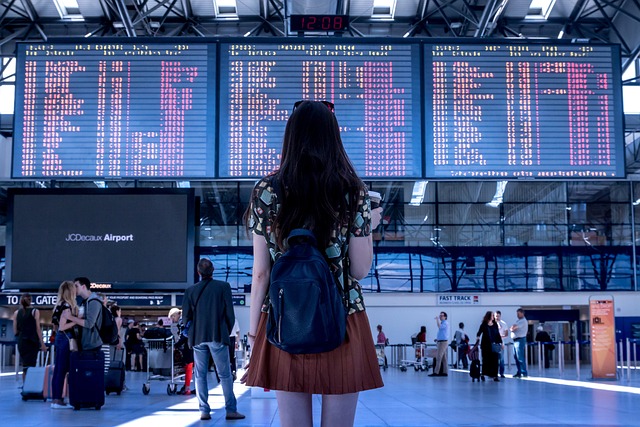
2.
出國玩最高領5000元!2024旅遊補助申請方式、條件資格一次看,完成這步驟好康到手

3.
2024桃園機場第一航廈、第二航廈美食餐廳全攻略
